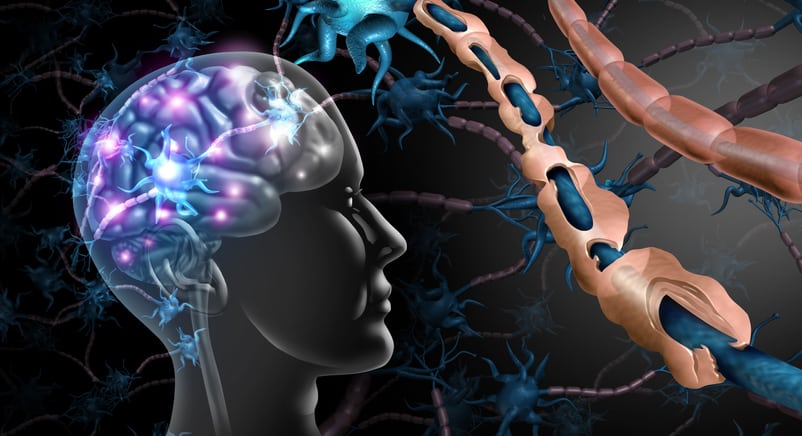Guillain‐Barré syndrome (GBS) is generally explaimed as a peripheral nervous system disorder. The exemplary condition is one of intense provocative demyelinating polyradiculoneuropathy portrayed by the quick beginning of areflexic shortcoming, normally influencing the appendages both proximally and distally, and by definition arriving at nadir inside about a month. Central nervous system dysfunction is traditionally viewed as not to be a piece of GBS. Let that be as, in our experience, it isn’t extraordinary for modifications in mental status to be available in patients who appear to in any case have GBS. This has frequently left us astounded, scrutinizing our unique analysis and awkwardly loose in our methodology. This review determines clinicians a down to business, useful way to deal with surveying patients with suspected GBS who display unforeseen CNS signs, thus named “GBS + CNS” . As this is expected as a clinical audit, the conversation has intentionally been organized as far as the inquiries which clinicians should pose to themselves as they approach such cases. Various forme frustes of GBS have additionally been characterized, including axonal variations, pharyngeal‐brachial variation, detached reciprocal facial nerve paralysis, and the anti‐Gq1b immune response range of problems.
Reference link- https://onlinelibrary.wiley.com/doi/10.1002/acn3.51226


